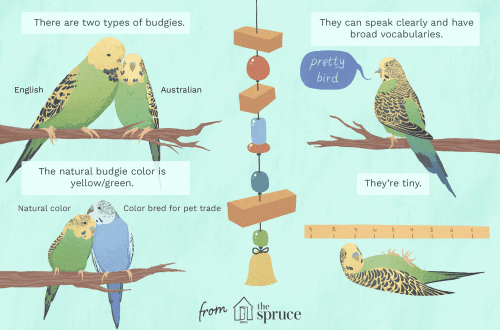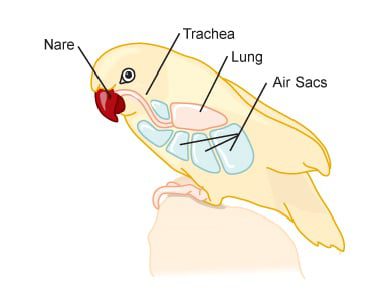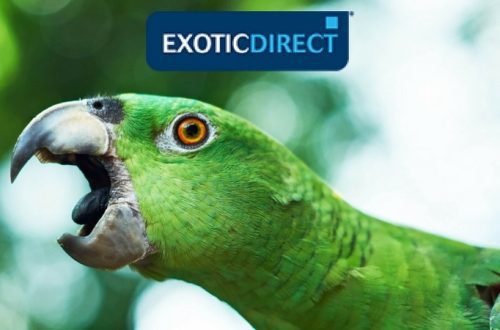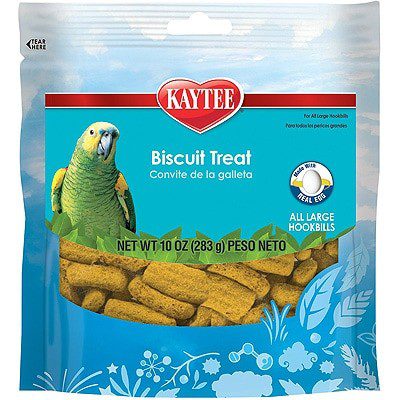
Treats for parrots
The desire to pamper your feathered friends with some special treat is a completely normal desire. The main thing is not to overdo it in pampering pets and not to feed something harmful or not safe for the health of the bird.
Or you can do it yourself, the main thing is to develop your imagination and have the right products on hand. Such a treat will be fresh and will only benefit your pet.
This type of food should not be abused, it is better to take it as a vitamin supplement to the bird’s main food or encouragement during training and training.
If you treat your parrot too often, he can simply refuse the main food and wait for the long-awaited “candy”.
You can feed our birds with treats no more than 1-2 times a week. On other days, the birds should have a standard full-fledged diet.
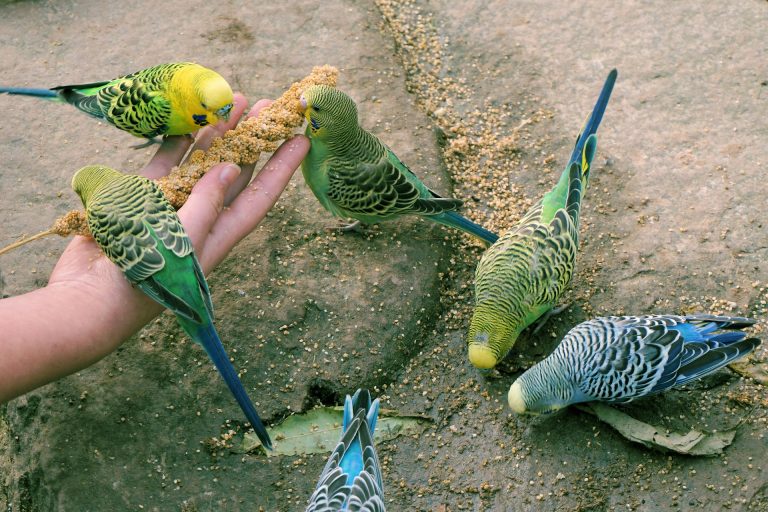
Contents
What you should pay attention to when buying store-bought treats:
- it should not be a poisonous color – dyes do not improve the quality of the product, but only attract the attention of the buyer;
- the presence of additional flavors and preservatives is dangerous for the health of the parrot;
- if the composition includes fats, sugar, bakery products and nuts – it is better not to take such a product;
- study the composition and quality of the grains – most of the high-calorie seeds can lead to disruption of the liver and digestive tract, which will lead to obesity and other troubles. Also, unscrupulous manufacturers often use stale grains in treats, which leads to bird poisoning;
- packaging, storage and shelf life are important factors.
If at least some component does not inspire confidence in you, do not buy this delicacy.
What do budgerigars love?
We will consider only those products that birds love and which can and should be given sometimes.
The favorite delicacy for budgerigars is spikelets of chumiza, sorghum, mogar, paisa, red and Senegalese millet – the safest bird “sweets”.
Also, homemade honey sticks can be an excellent tool for raising the immunity and mood of a bird.
Shop sticks are very often the cause of parrot poisoning!
How to make your own honey stick
To do this you will need:
- 1 quail egg (used extremely rarely with exhaustion, “heavy” molting or after illness – but only if the yolk is allowed by the doctor);
- 0,5 teaspoon of honey;
- 1 tablespoon of flour (preferably coarsely ground);
- 1 glass of water;
- grains of Abyssinian nougat, sesame, millet, sorghum (or any grain mixture suitable for your type of parrot).
Dry branches of permitted shrubs and trees, Chinese sticks or clean, empty and dried cones can serve as the basis for sticks.
You can fasten them with a regular clothespin, special fruit clips or a wire hook.
In our example, Chinese chopsticks and a fruit clip will be used.
Preparation:
- dilute honey in water, add a little of this solution to the flour, stir well. The mixture should look like a paste;
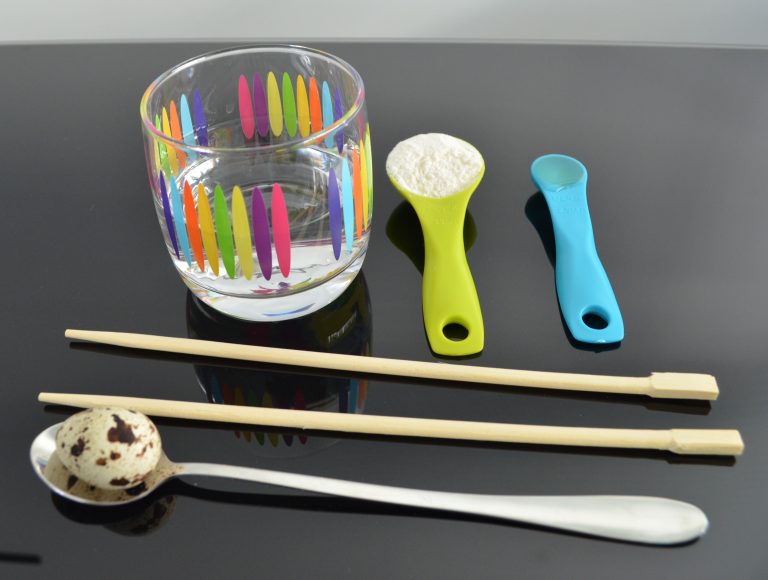
- we dip or coat the stick with it, after which we generously sprinkle it with grain. Dry for about 24 hours at room temperature;

- for a good fixing of the grains, pour the delicacy with honey water and leave to dry again. After that, the sticks are ready for use.

Honey sticks are a great treat for budgerigars.
You can’t store such “sweets” for a long time, so count portions for the number of parrots. It is not necessary for the bird to eat the stick at one time. When he eats half, take it off and offer it every other day.
Store the treat in a dry and cool place away from insects.
Not everything that parrots like to eat is healthy and should be given. This point of view is erroneous and detrimental to the health of birds!
As a delicacy and vitamin supplement in winter, you can give water diluted with lemon juice and honey, or with grapefruit juice – birds like it very much, and also has a beneficial effect on the body and strengthens the immune system (1 glass of water, 0,5 tsp. l honey, 25-30 drops of lemon juice).
Parrots are also very fond of freshly squeezed juices from carrots, apples and citrus fruits.
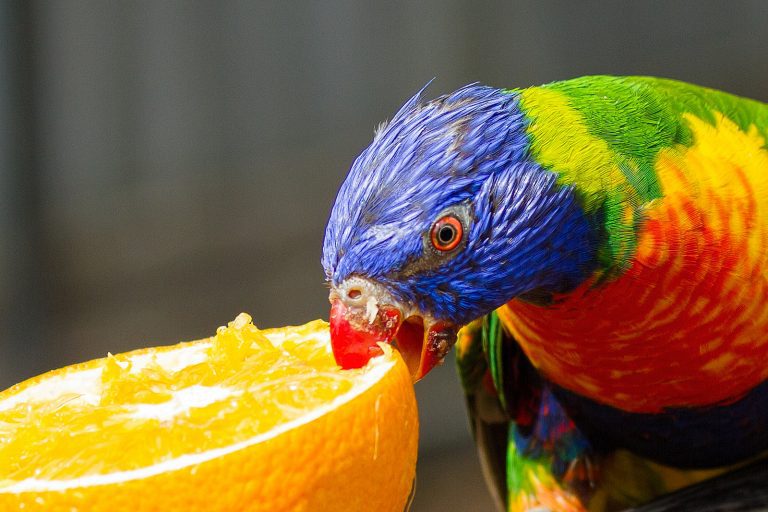
Diluted water and juices should not be left in the drinker for the whole day! At high room temperature, they turn sour very quickly.
You can also chop pieces of fruits and vegetables on homemade “skewers”, and attach such a tasty garland to the bars of the cage.
A variety of fruit and vegetable salads sprinkled with chumiza or Senegalese millet will also bring incredible pleasure to your pet.
If you have a Jaco, add red palm oil to the treat, it is very useful for the African gray parrot.
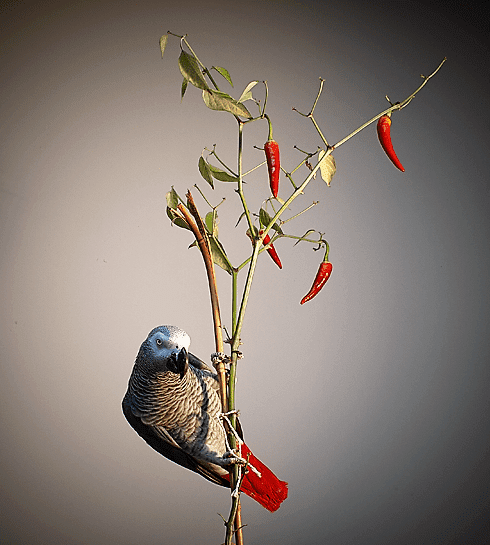
When giving honey sticks or other treats to your parrot, reduce the grain mixture in your bird’s diet to avoid overeating.
The best treat for your parrot is always a variety of fruits, vegetables, berries, greens, young shoots and types of seeds and grains that are nutritious, allowed and your feathered friend really likes.



